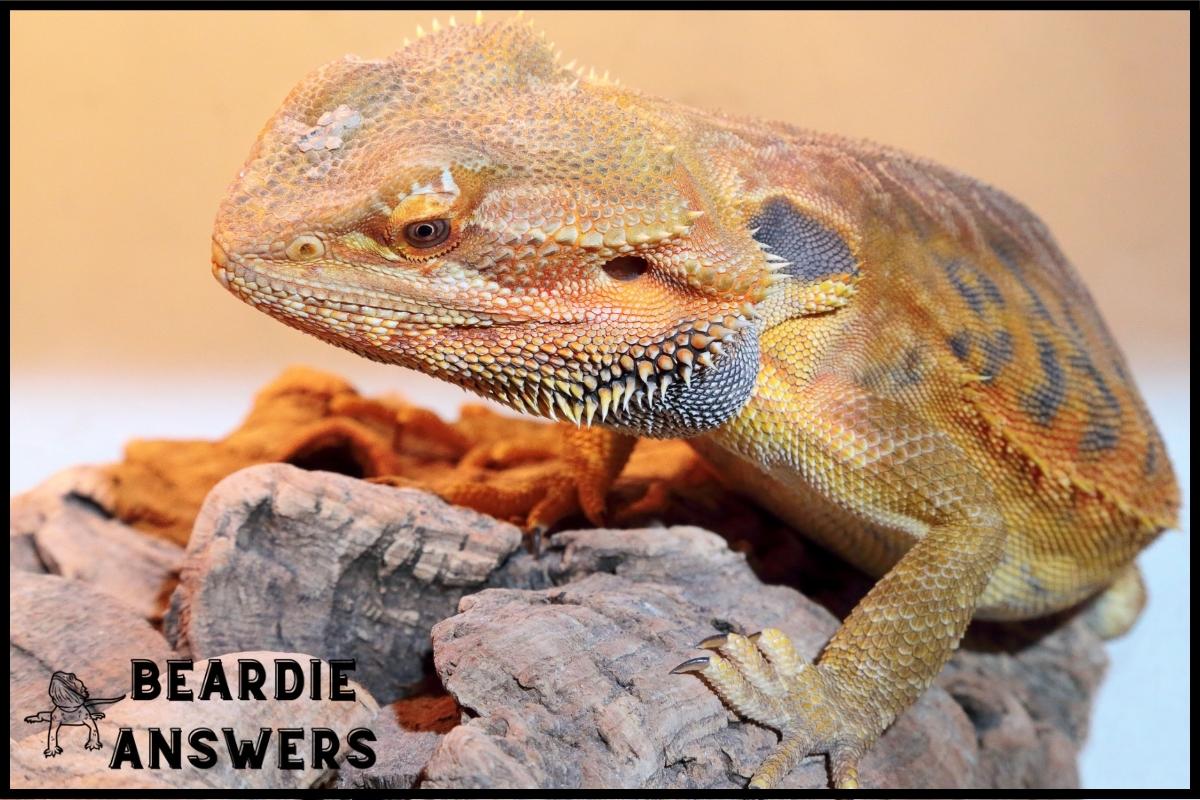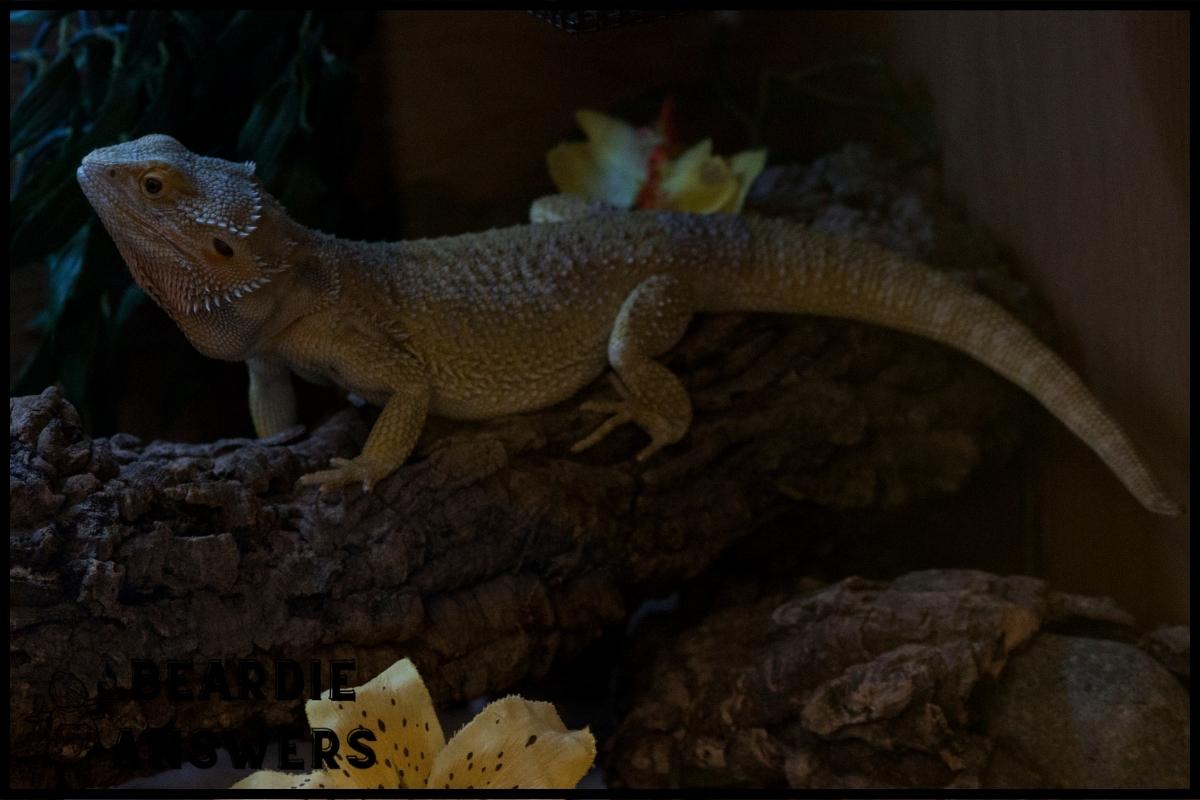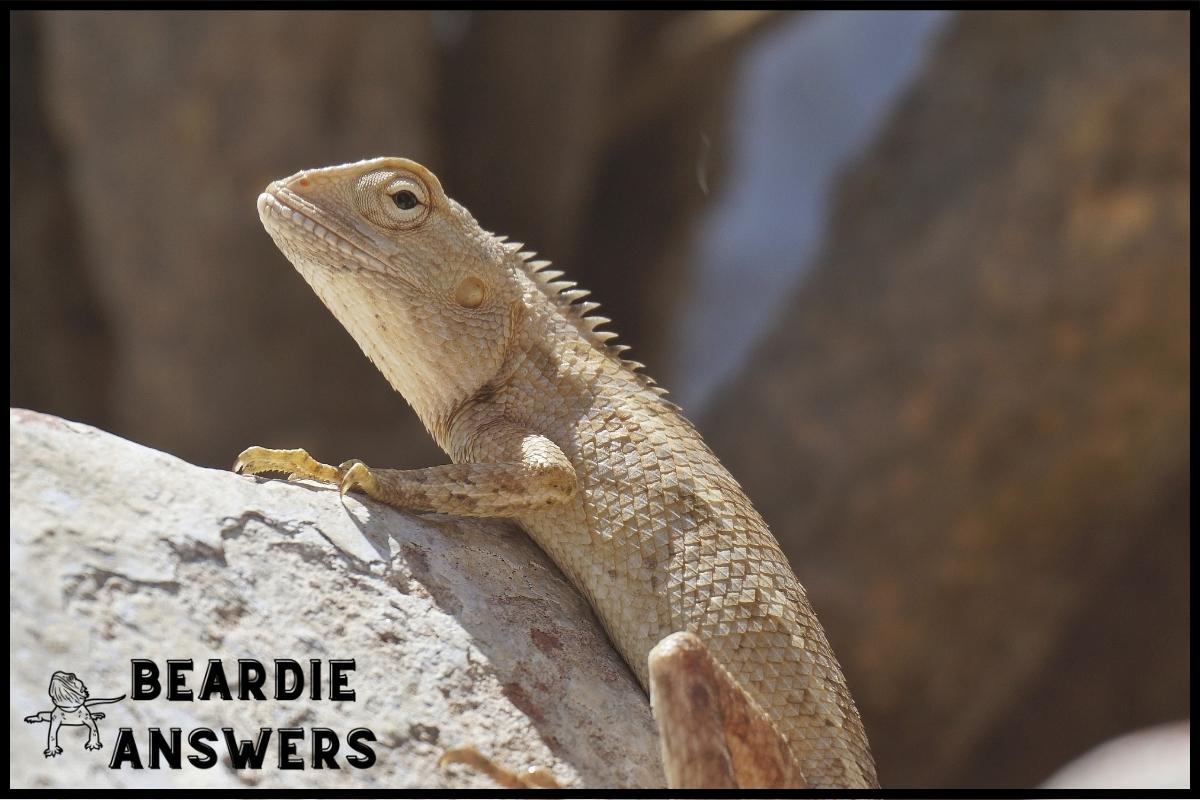Bearded dragon morphs refer to variations in their physical appearance, such as color, pattern, and texture. Some cool morphs include leatherback, which has reduced or absent scales on their back, translucent, which has clear scales that allow their internal organs to be visible, citrus, which has bright orange or yellow markings, and hypo, which has reduced pigmentation and can display unique colors and patterns. These morphs can be bred selectively and can have varying degrees of rarity and cost.
What You'll Learn
What Is A Bearded Dragon Morph?
A morph is a type of genetic variation that occurs naturally in the wild, or that can be produced through selective breeding.
Morphs are created when two specific traits interact to produce an animal with physical characteristics different from its original form. Examples include color, pattern, size and shape variations.
Selective breeding has been used for centuries by breeders and scientists alike as a way to create animals with desired traits, such as cool bearded dragon morphs like leatherback, translucent citrus and hypo.
This practice involves carefully selecting certain individuals based on their desirable characteristics, then pairing them together over several generations until the desired trait is reproduced consistently across offspring.
By doing this, otherwise rare mutations become more common in populations.
When it comes to understanding these unusual morphs, knowing what they look like can help provide insight into how they were bred and why they’re so popular among reptile enthusiasts.
With that being said, let’s move onto exploring the leatherback morph in further detail.
The Leatherback Morph
Prepare to be astonished! The leatherback morph of the bearded dragon is one of the most unique and amazing reptiles you can own.
This gorgeous reptile boasts a dark back, with a light color on its sides – not to mention those striking orange stripes along its body. It’s as if someone took a brush and painted it all over this incredible animal.
But what makes them so special? Let’s take a closer look at the genetics behind this marvelous morph and find out what kind of care requirements they have.
The genetics behind the leatherback morph are quite fascinating. They get their name from the unusual scales on their backs that resemble leather armor- hence the term ‘leatherback’. These scales help protect these majestic dragons from predators in the wild, but also give them an impressive appearance when viewed up close.
In addition, these scale patterns can vary depending on how much sunlight they receive, allowing for some interesting combinations when breeding different leatherbacks together.
When caring for a leatherback morph, there are few things to keep in mind. First, make sure your enclosure provides plenty of natural light since too much shade will prevent them from getting enough UVB rays which helps metabolize calcium into their bones and muscles. Also, provide adequate space for your pet to move around freely; although they may appear small compared to other lizards, they still need room to roam and explore just like any other creature.
Last but not least, be prepared to feed your pet regularly with high quality foods such as crickets or meal worms. With proper nutrition and care, these beautiful dragons can live long healthy lives in captivity!
It goes without saying that owning a leatherback morph requires dedication and attention – however it is definitely worth it! Seeing these creatures strutting around proudly never gets old!
Now let’s shift our focus onto another popular morph: the translucent citrus.
The Translucent Citrus Morph
The Translucent Citrus Morph is a unique morph of bearded dragon that has become increasingly popular among reptile enthusiasts. This morph is characterized by its lemon-yellow coloration and semi-transparent scales, which give it an almost ethereal appearance. The genetics behind this morph’s striking features are complicated and fascinating, making it all the more desirable to keepers looking for something special in their pet lizards.
In addition to its attractive physical characteristics, the Translucent Citrus Morph also requires special health care considerations due to its delicate nature. Because of its transparency, these dragons require higher levels of UVB exposure than other beardie morphs in order to maintain good health. Additionally, they may be prone to dehydration due to their thin skin so proper hydration techniques should always be employed when caring for them.
Overall, the Translucent Citrus Morph is one of the most sought after breeds of bearded dragons available because of its beautiful coloring and intriguing genetic makeup. Properly cared for and given adequate amounts of light and moisture, this stunning lizard can make an excellent companion animal as well as conversation piece in any home or collection.
With that said, transitioning into the next section about ‘the hypo morph’ will provide us with further insight into what makes these creatures so desirable.
The Hypo Morph
The Translucent Citrus Morph is an impressive morph, but the Hypo Morph takes it to a whole new level. This particular morph has some of the most interesting genetics and appearance in the bearded dragon world. It’s characterized by its lack of black pigmentation along with yellow markings throughout its body that make it stand out among other morphs.
Morph genetics play a huge role in creating this unique look for the Hypo Morph. Its genes include hypomelanism as well as partial albinism, making them visually distinct from other types of beardies. The combination of these two traits results in reduced dark pigment levels, which give the Hypo Morph its distinctive yellowish hue and patterning.
When it comes to captive care, having the proper knowledge about the specific needs of your pet helps ensure they stay healthy and happy. For example, setting up appropriate lighting and heating systems are essential for any type of bearded dragon enclosure; however, due to their lighter skin tone, individuals belonging to this morph require more shade than others during hot summer months so as not to overheat or burn.
Additionally, providing a varied diet consisting of both insects and vegetables can help keep your Hypo friend strong and energized!
In terms of maintaining good health:
- Make sure you provide adequate light/shade conditions depending on temperature outside
- Feed your dragon a balanced diet with plenty of greens and protein-rich insects like crickets or waxworms
- Establish regular veterinary checkups to monitor growth and development
All these factors come together to create an enjoyable environment for any bearded dragon owner – regardless if they have a normal morph or one like the Hypo Morph! With proper understanding and research into their individual needs, owners can rest assured knowing that their beloved reptilian companion will thrive under their care.
Conclusion
Ah, bearded dragon morphs: the talk of any reptile enthusiast’s dreams! We’ve all heard about the unique leatherback, translucent citrus and hypo morphs that make these creatures so special. But what more can we learn?
Well, if you’re looking to become a master at breeding and caring for your cool new pet, have no fear – this article is here to guide you through it all!
First off, let’s start with some important breeding tips. When selecting a mate for your dragon, be sure to pick one that has good genes and is healthy – this will ensure healthier offspring in the future. You should also consider their size; smaller dragons tend to produce larger litters than larger ones.
Now comes the tricky part: setting up an environment conducive for successful mating. Make sure temperatures are just right – too hot or cold could spell disaster for your little critters! Lastly, patience pays off when waiting for eggs from your pair of dragons-it may take weeks before they finally lay them!
Caring for your awesome beardies doesn’t need to be complicated either. It’s important to provide proper nutrition (a combination of live insects, fruits and vegetables) as well as plenty of clean water every day. Additionally, temperature regulation is key; use both heating lamps and UVB light fixtures to create optimal living conditions inside their enclosure.
Finally, regular vet visits will help detect any health problems early on so they can be treated quickly before becoming serious issues down the line.
So now you know everything there is to know about raising those amazing little lizards – who said owning a pet had to be hard work? With our helpful tips in hand, anyone can become an expert breeder and caregiver in no time!

Hi! My name is Bryan, I am the “one behind the words” here are BeardieAnswers.com. I believe that providing quality care and nutrition is the best way to ensure the health of your pet. Every beardie is special and deserves the best care and attention. If you have questions about your bearded dragon, please don’t hesitate to ask! View My Full Author Page




